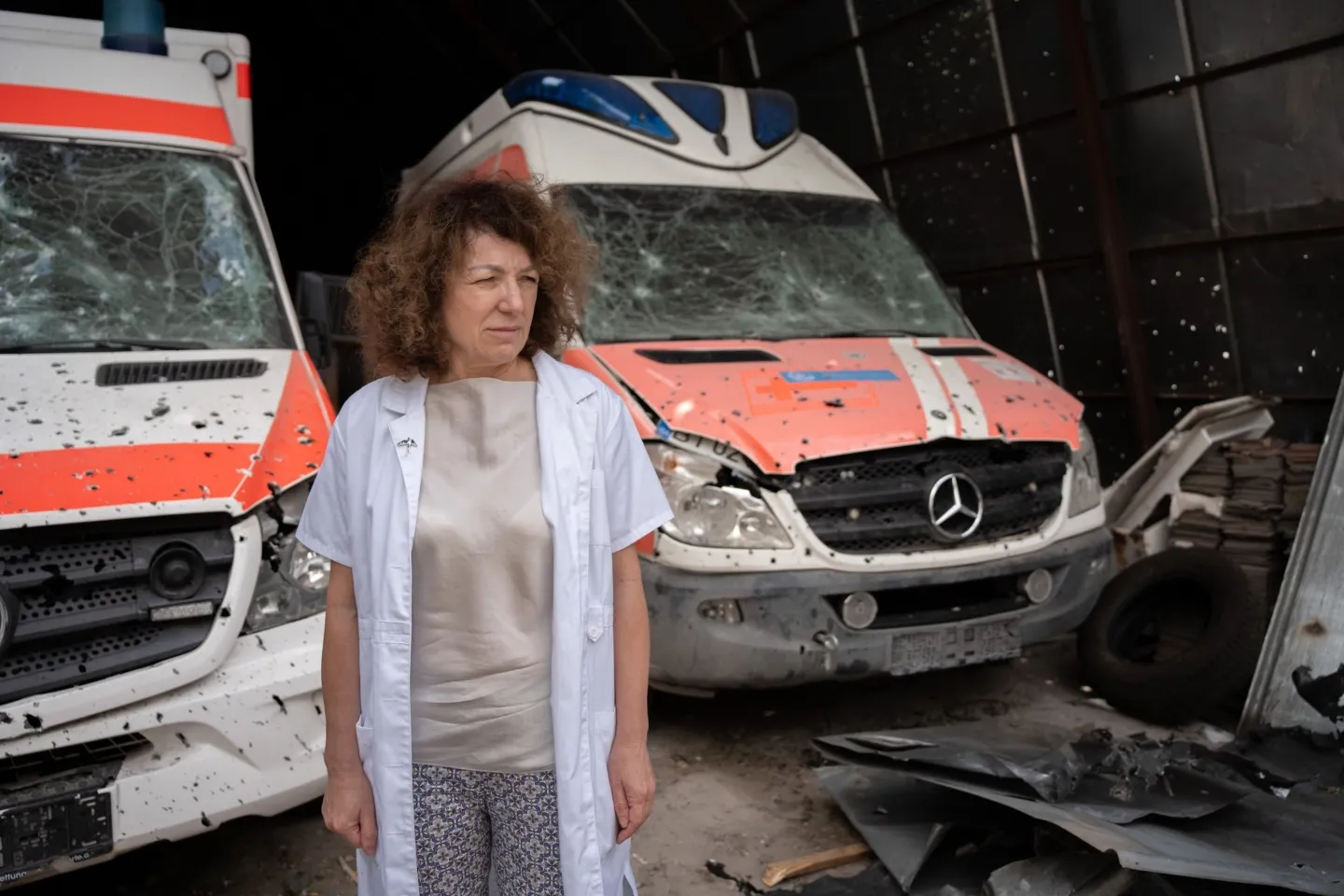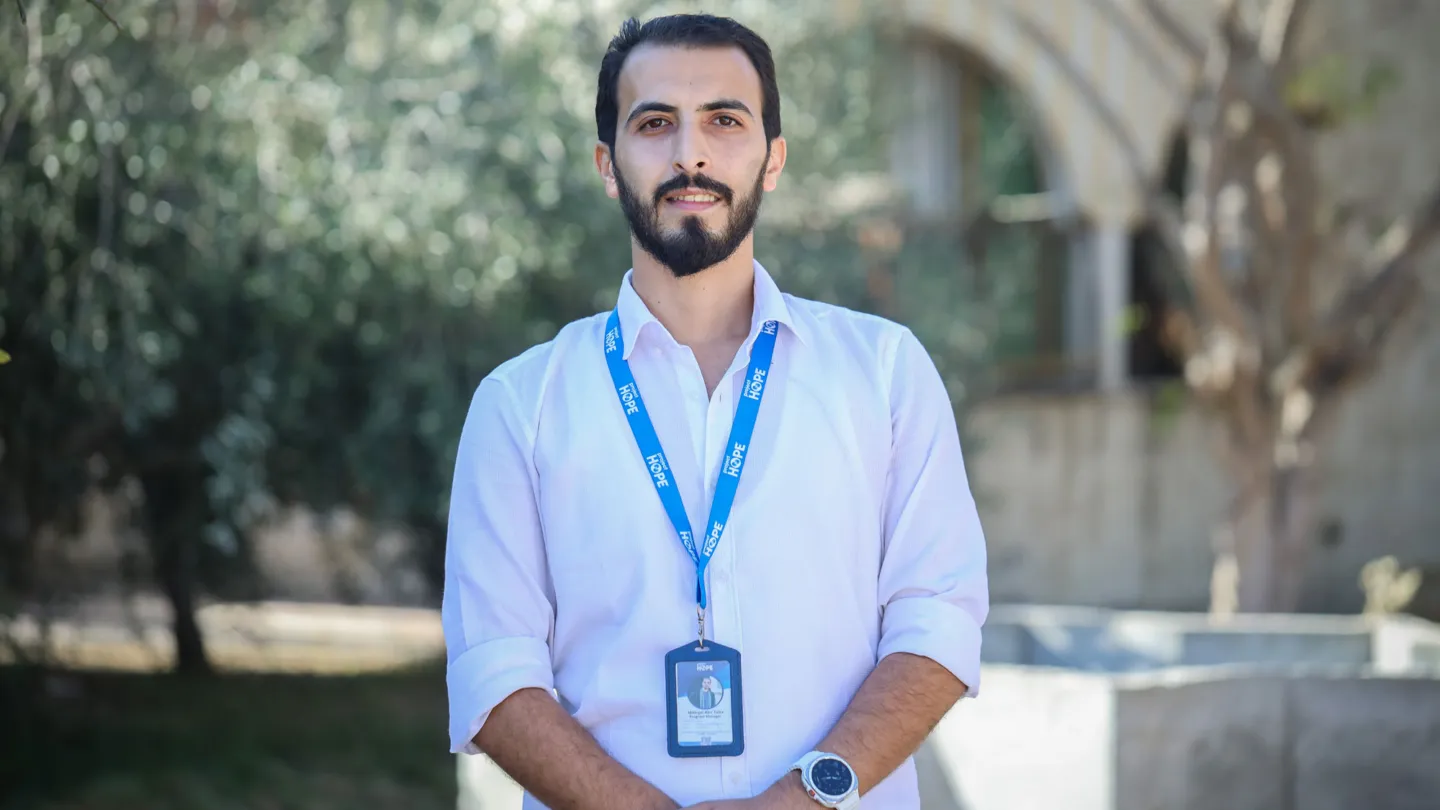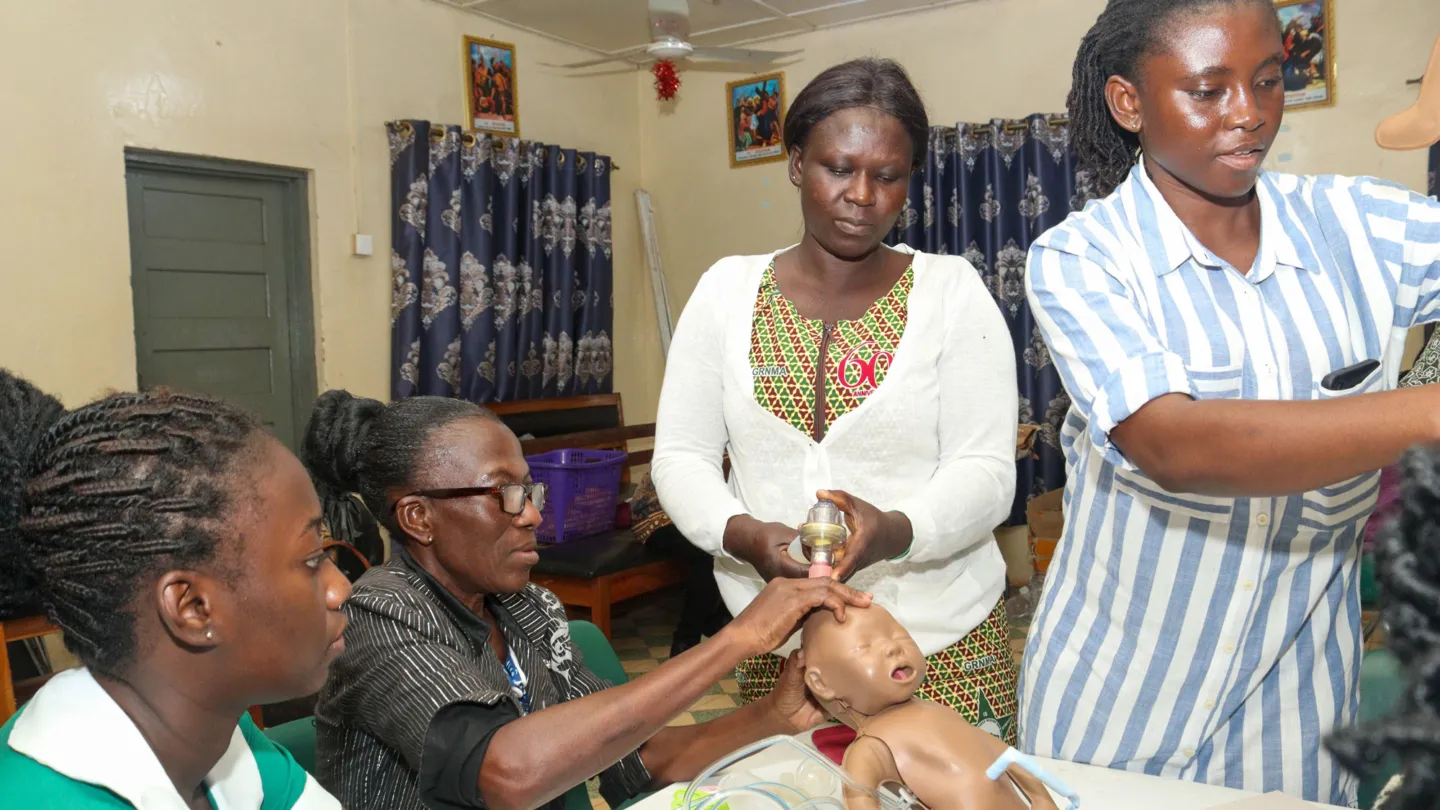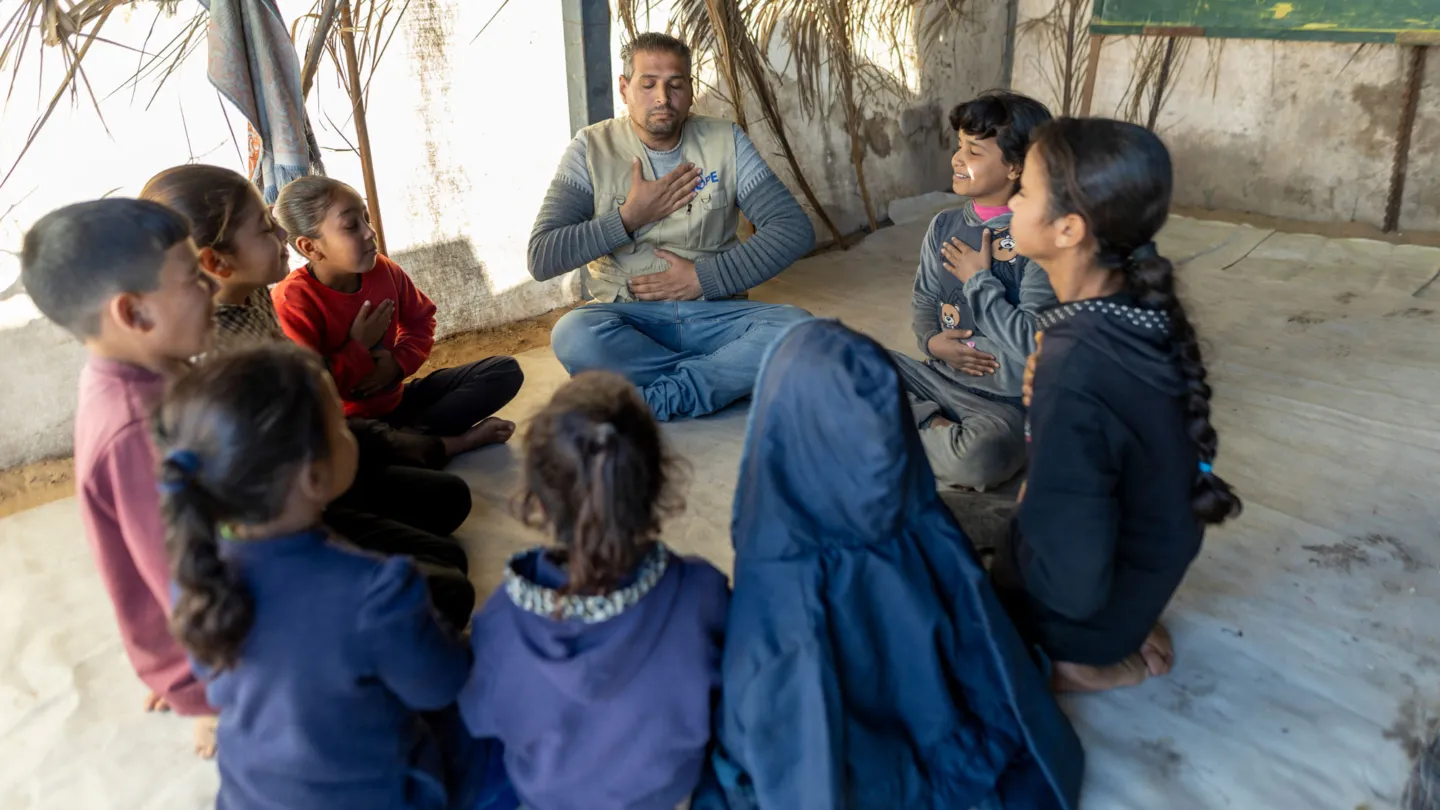How Conflict Ravages a Health System
Earlier this year, I visited Ukraine for the first time since 2022. The last time I was there was just weeks after Russia’s full-scale invasion, and I still remember the red crosses hastily spray-painted onto hospitals in Irpin, which didn’t protect them from shelling. I saw land mines outside a children’s hospital in Bucha and met a doctor who dodged sniper fire to dig a mass grave, where he laid 67 bodies to rest.
The brazen attacks on Ukraine’s health workers left me speechless. Three years later, it is clear just how widespread the damage is, and how long the road to recovery will be.

There are more countries engaged in conflict today than at any point since World War II. According to the Global Peace Index 2024, published by the Institute for Economics and Peace, 92 countries are engaged in conflicts outside their borders. This is a disastrous trend for the world’s health, as health systems suffer catastrophic damage wherever conflict takes root.
Ukraine is a sobering example of how devastating conflict can be. The World Health Organization has tracked more than 2,500 attacks on Ukraine’s health system since the full-scale invasion began. Hospitals, clinics, ambulances, and equipment have been destroyed, cutting off care to entire communities. The United Nations reports that more than 10 million Ukrainians are displaced, including nearly seven million refugees, whose status makes medical care significantly harder to access.
Other costs are harder to see. Vital medical services such as cancer screenings and laboratory testing have been put on hold. The risks for gender-based violence, infectious diseases, and chronic health conditions are all elevated. Health workers are burned out, and many have retired or left the country. Hundreds of them have been killed.
Multiply these impacts across the dozens of countries in conflict today, and you get a sense of how perilous this moment is for the world’s health. Every day, health care workers in places such as Colombia, Ethiopia, Gaza, Haiti, and Sudan go to work facing life-threatening conditions. They deserve better, and so do the people they serve. They deserve medicines, equipment, facilities, and mental health support. But most of all they deserve peace.

Fortunately, I also saw the best of humanity during my time in Ukraine. I saw how proud doctors and nurses were to be able to do their work. I met a doctor whose son was captured by Russian forces, and others who had been displaced numerous times. They carried on, and I carried their resilience with me.
I also saw the power of humanitarian aid and how vital U.S. foreign assistance is. Project HOPE has rebuilt 16 damaged or destroyed facilities in Ukraine, improving care for more than 143,000 people. Our team has launched sixty-four mobile medical units, trained 12,000 health workers, and supplied nine ambulances that can transport 23,000 patients.
Investing in health care systems has always been core to our mission. But even in conflict, we should never have to worry about rebuilding a bombed hospital or replacing an ambulance that was attacked — because health workers and health infrastructure should never be targets.
This is a precarious moment for the world’s health. We have a choice: Do we accept this as the way it has to be and ask our doctors, nurses, surgeons, pharmacists, and ambulance drivers to pay the cost? Or do we commit to building a better world—a world without violence, where health professionals can go to work without fear of not coming home?
Peace, above all, must be our priority.
Rabih Torbay is president and CEO of Project HOPE. This article first appeared in the September 2025 issue of Health Affairs.



